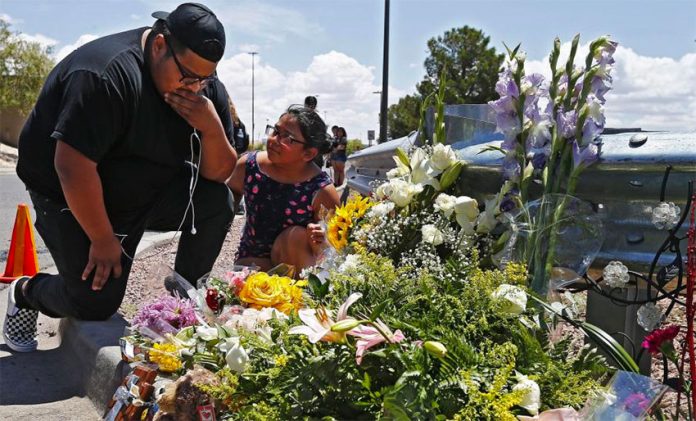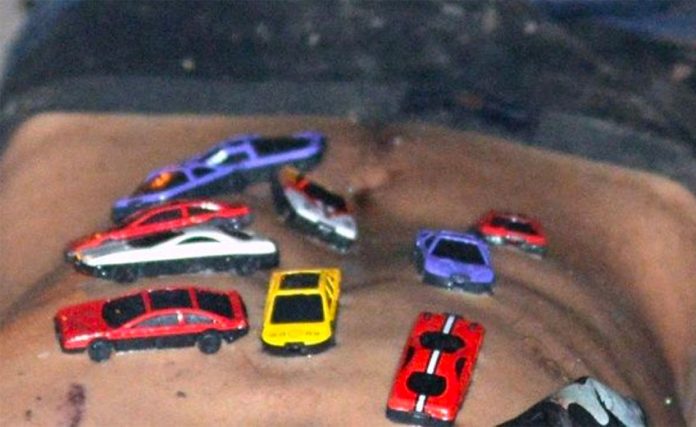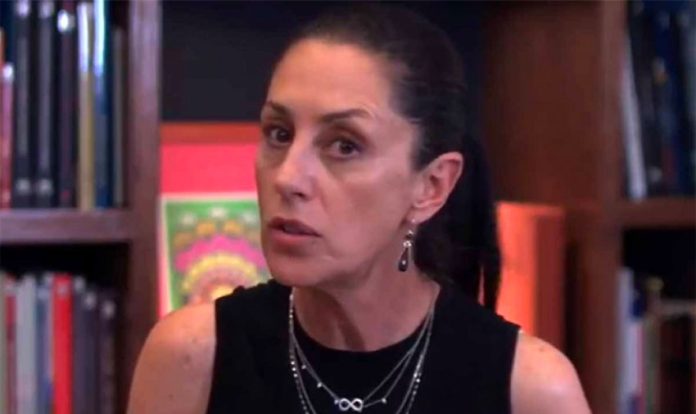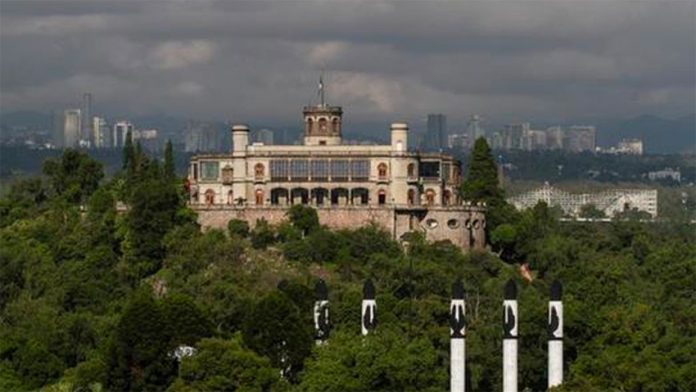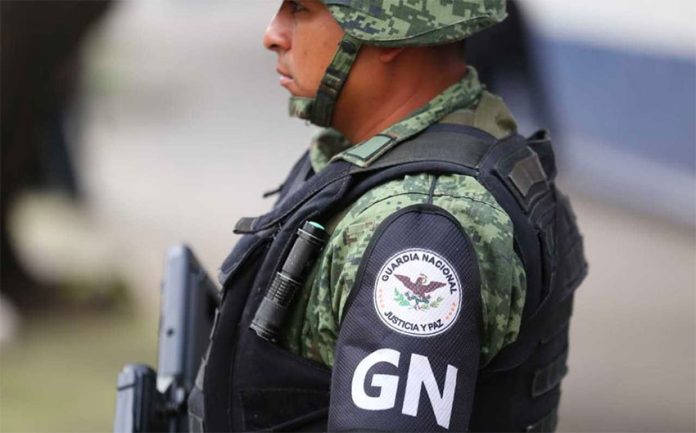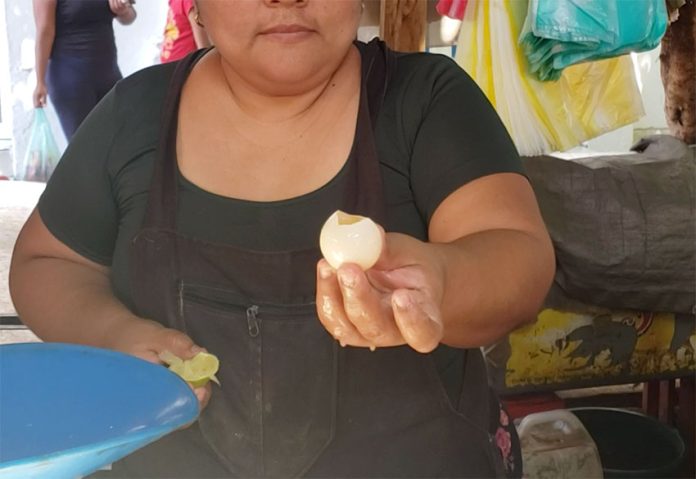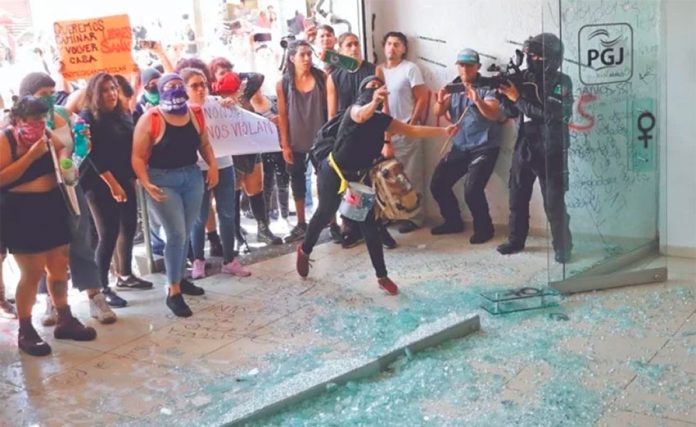If you’ve been reading my columns to this point, it must
be no secret by now that I have among the bloodiest of bleeding hearts. I come
from a long line of pacifist war-resisters, and we’d have sooner bought a pet
Komodo dragon than have a weapon in our home.
My father, a die-hard political activist who never showed the strict, masculine protectiveness typical of adult males in family sit-coms and movies, did have one important rule that he insisted on — not even toy guns, under any circumstances, were allowed in the house.
He also implored my sister and me never to be with men who voted Republican, smoked, made bombs for a living or rode motorcycles. So far, I’ve complied.
I read with sadness, anguish and a desperate weariness surely familiar to many about the recent white nationalist terrorist attack — let’s call it what it is — in an El Paso Walmart. The shooter, just a kid at 21 years old, had left a long manifesto expressing his contempt for what he saw as a “Hispanic invasion” of the United States, and decided to take matters into his own hands.
We’ve all heard the tired trope that “guns don’t kill people; people kill people.” But he certainly wouldn’t have been able to cause as much damage so easily without the availability of guns like the AK-47 he used. The weapon — with multiple magazines — allowed him to accomplish his goal of exterminating as many of the “wrong” people as he could in a very short time, among them eight Mexican nationals.
Mexico’s murder rate — a record 33,000 in 2018 primarily by gun violence — has been increasing since the declaration of the “war on narcos” by the Calderon administration in 2006. Mexico ranks 20th among all nations in murders. But these American-style mass shootings are virtually nonexistent here.
Many people are killed, but typically not by individually-radicalized citizens who decide they’re going somehow to help solve what they see as society’s greatest ills by mowing people down. No one would want to see those types of crimes added to our already abysmal track record, but their absence in a country with so many guns begs the question: why not?
Let’s first talk about Mexico’s gun laws. Famously, there is only one place in all of Mexico to buy a gun legally — a store in the capital city run by the army. To do so, you must pass a background check, provide third-party character references, and show proof of a job and income. It’s a cumbersome process, especially if you don’t live in Mexico City. So, most private citizens do not bother.
Many gun-loving Americans are scandalized by the restrictive gun laws in Mexico and take the number of murders here as proof of their oft-cited contentions that “If guns are outlawed, then only outlaws will have guns!” Or, “The only thing that stops a bad guy with a gun is a good guy with a gun.”
But this macabre calculus simply leads to more gun deaths. The only thing gun deaths correlate with internationally — and it’s not mental illness or video games — is the number of guns in circulation and the number of people with guns available to them, whether they have good intentions or bad. The more people who have guns, the more gun deaths there are. Period.
Of guns that are here, 70% can be traced directly to the United States, with many others also likely coming from there because the weapons simply aren’t available from other countries. So, it’s true. In Mexico it really is the criminals — and the police and military — that have the guns and not average citizens.
It must be said, however, the presence of illegal guns is a direct result of the United States’ lax gun laws and its refusal to track where those guns end up.
Much gun violence in Mexico is related directly or
indirectly to warring drug and criminal gangs competing for dominance. Those
unlucky enough either to get caught in the crossfire or to have become involved
with dangerous people or organizations, sometimes unwittingly, also suffer the
consequences. The number of journalists murdered as well raises suspicions
about the blurry lines between criminal gangs, law enforcement and politicians.
Mexico is one of the most dangerous countries in the world for journalists and among the ones with the highest levels of unsolved crimes against the press. Though the exact figures of those killed are often conflicting, press freedom organizations around the world agree through that Mexico is among the most dangerous countries on the planet to exercise journalism as a profession.
Evil people exist everywhere. The way they express that
evil, however, can vary from society to society. In the United States, a lack
of meaningful and logical controls on firearms, especially those designed for
war, combined with the prevalence of social isolation and “fierce independence,” inspire frequent mass
shootings.
In Mexico it’s much harder to be a lone wolf. The structure of society requires one to
interact with others face-to-face to get things done. But the absence of a
reliable police force and justice system results in the virtual impunity of
criminal gangs, facilitated by guns that are relatively easy to get across the border.
While there is social division in Mexico, it’s notably around issues of class, not race and ethnicity. A mestizo society simply cannot foster the kind of racism that has nourished white nationalist terrorism in the U.S. Even so, Mexico must be vigilant. Much of the same language of “invasions” that designates immigrants from the south as criminals has been circulating on social media here. It’s not probable that this will gain the kind of traction it has in the U.S., but it’s not impossible, either.
The great irony about the shooting in El Paso is that the so-called “invasion” the shooter was trying to put a dent in is a direct result of U.S. gun policy that allows those guns into the hands of foreign criminals.
Many Americans don’t seem to understand that most people would rather stay in their home countries. The current mass immigration from Latin America is a result of desperation, not opportunism. Most would willingly stay put if they had a reasonable expectation of safety and justice in which to live.
Mexico is right to restrict guns, but we must figure out a better way to prevent them from being illegally imported from the U.S. I have little hope for a solution on the U.S. side. As British journalist Dan Hodges put it, “. . . Sandy Hook marked the end of the U.S. gun control debate. Once America decided killing children was bearable, it was over.”
Mexico, it’s unfair for the ball to be in your court, but it is.
Sarah DeVries writes from her home in Xalapa, Veracruz.

